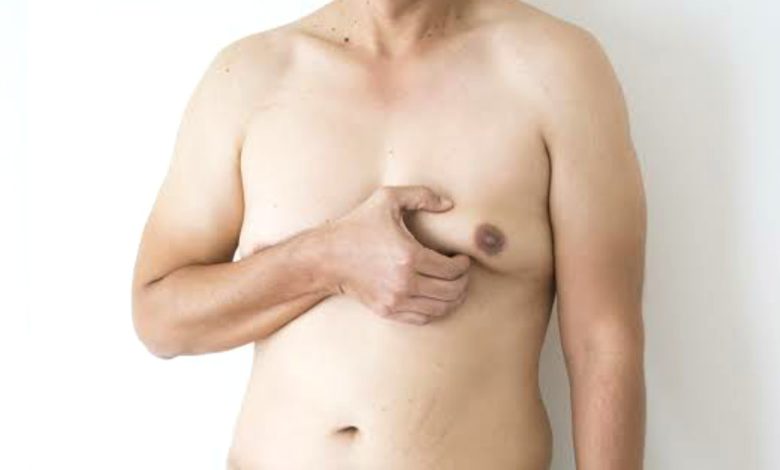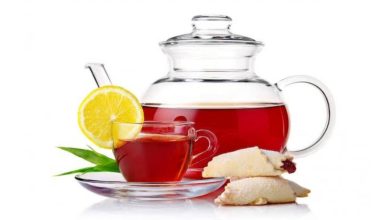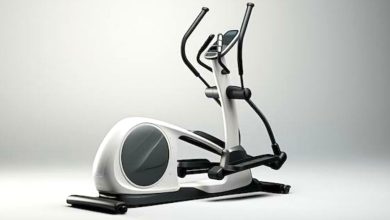How to Lose Chest Fat: A Comprehensive Guide

(How to Lose Chest Fat)
Understanding the Enemy: What Causes Chest Fat?
Before we dive into the strategies to reduce chest fat, it’s essential to understand why it accumulates in the first place. While there are several factors involved, the primary culprits often include:
Hormonal Imbalances: Hormonal fluctuations, particularly in men, can lead to gynecomastia, a condition characterized by enlarged breast tissue. This can be caused by an imbalance in testosterone and estrogen levels.
Excess Body Fat: When you carry excess weight, fat tends to accumulate in various areas, including the chest.
Genetics: Your genetic predisposition can play a role in where your body stores fat.
Lifestyle Factors: Poor diet, lack of exercise, and excessive alcohol consumption can contribute to weight gain and chest fat.
How to lose chest fat or Best way to lose chest fat
While there’s no magic bullet for spot reducing chest fat, a comprehensive approach combining dietary changes, targeted exercises, and lifestyle modifications can yield impressive results.
1.Dietary Adjustments
Caloric Deficit: To lose weight, including chest fat, you need to consume fewer calories than you burn. Aim for a moderate caloric deficit to avoid muscle loss.
Balanced Nutrition: Focus on a diet rich in lean proteins, whole grains, fruits, vegetables, and healthy fats. These nutrients provide essential building blocks for muscle growth and overall health.
Limit Processed Foods: Reduce your intake of processed foods, sugary drinks, and unhealthy fats, as these can contribute to weight gain.
Hydration: Stay hydrated by drinking plenty of water throughout the day. Adequate hydration supports various bodily functions, including metabolism.
2.Targeted Exercises
Strength Training: Incorporate exercises that target your chest muscles, such as:
- Push-ups
- Bench press
- Incline press
- Decline press
- Chest flyes
Cardiovascular Exercise: Regular cardio workouts help burn calories and reduce overall body fat, which can indirectly contribute to a reduction in chest fat. Choose activities you enjoy, like running, swimming, cycling, or dancing.
Bodyweight Exercises: These exercises are great for building strength and burning calories. Examples include:
3.Lifestyle Modifications
Stress Management: Chronic stress can contribute to weight gain and hormonal imbalances. Practice stress-reduction techniques like meditation, yoga, or deep breathing.
Quality Sleep: Aim for 7-9 hours of quality sleep each night. Sleep is crucial for hormone regulation and overall health.
Limit Alcohol Consumption: Excessive alcohol intake can lead to weight gain and hormonal imbalances. If you do drink alcohol, consume it in moderation.
Consider Supplements: While supplements cannot replace a healthy diet and exercise, some may support weight loss and hormonal balance. Consult with a healthcare professional before starting any new supplements.
4.Patience and Consistency
Remember, losing chest fat takes time and effort. Be patient and consistent with your efforts. It’s essential to set realistic goals and celebrate your progress along the way.
5. Addressing Underlying Conditions
If you suspect hormonal imbalances or other underlying health conditions are contributing to your chest fat, consult with a healthcare professional for proper diagnosis and treatment.
Additional Tips
Track Your Progress: Keep a food diary and exercise log to monitor your progress and identify areas for improvement.
Find a Workout Buddy: Having a workout partner can help you stay motivated and accountable.
Seek Professional Guidance: If you’re unsure about how to start your fitness journey or need personalized advice, consider consulting with a registered dietitian or certified personal trainer.
Stay Positive: Maintain a positive mindset and avoid negative self-talk. Focus on your progress and celebrate your achievements.
Addressing Specific Concerns
Gynecomastia: If you have gynecomastia, it’s important to consult with a healthcare professional to determine the underlying cause and appropriate treatment. In some cases, surgery may be necessary to correct the condition.
Hormonal Imbalances: If you suspect hormonal imbalances are contributing to your chest fat, consult with a healthcare professional for proper diagnosis and treatment. Hormone therapy may be considered in certain cases.
Medical Conditions: Certain medical conditions can contribute to weight gain and chest fat. If you have any underlying health conditions, be sure to address them with your healthcare provider.
Beyond Aesthetics
While reducing chest fat can improve your appearance, it’s important to remember that it’s also about overall health and well-being. By making sustainable lifestyle changes, you can not only reduce chest fat but also improve your energy levels, mood, and overall quality of life.
Beyond Aesthetics: The Benefits of Reducing Chest Fat
While the desire to achieve a more aesthetically pleasing physique often motivates individuals to reduce chest fat, the benefits extend far beyond appearance. Here are some of the advantages associated with a healthier chest:
Improved Self-Esteem: A more toned and defined chest can boost your confidence and self-esteem, leading to a more positive outlook on life.
Enhanced Physical Performance: Strong chest muscles contribute to overall physical strength and performance in various activities, including sports, exercise, and everyday tasks.
Reduced Health Risks: Carrying excess weight, including chest fat, is associated with increased health risks such as heart disease, diabetes, and stroke. By reducing chest fat, you can improve your overall health and well-being.
Better Posture: Weak chest muscles can contribute to poor posture, leading to back pain and other discomfort. Strengthening your chest muscles can help improve your posture and alleviate pain.
Additional Considerations
Body Dysmorphic Disorder (BDD): It’s important to be mindful of body image concerns. If you find yourself obsessing over your appearance or experiencing negative thoughts about your body, it’s essential to seek help from a mental health professional. BDD can have a significant impact on your mental health and well-being.
Professional Help: If you’re struggling to reduce chest fat or have underlying health concerns, don’t hesitate to consult with a healthcare professional or a registered dietitian. They can provide personalized guidance and support.
Reducing chest fat is a journey that requires patience, dedication, and a holistic approach. By combining dietary changes, targeted exercises, lifestyle modifications, and addressing underlying health conditions, you can effectively achieve your goals and enjoy the numerous benefits associated with a healthier chest. Remember, it’s about overall health and well-being, not just appearance.
Conclusion
Conquering the chest hump requires a holistic approach that combines dietary changes, targeted exercises, lifestyle modifications, and addressing underlying health conditions. By following these guidelines and staying consistent with your efforts, you can effectively reduce chest fat and achieve a healthier, more confident you. Remember, it’s about overall health and well-being, not just appearance.




